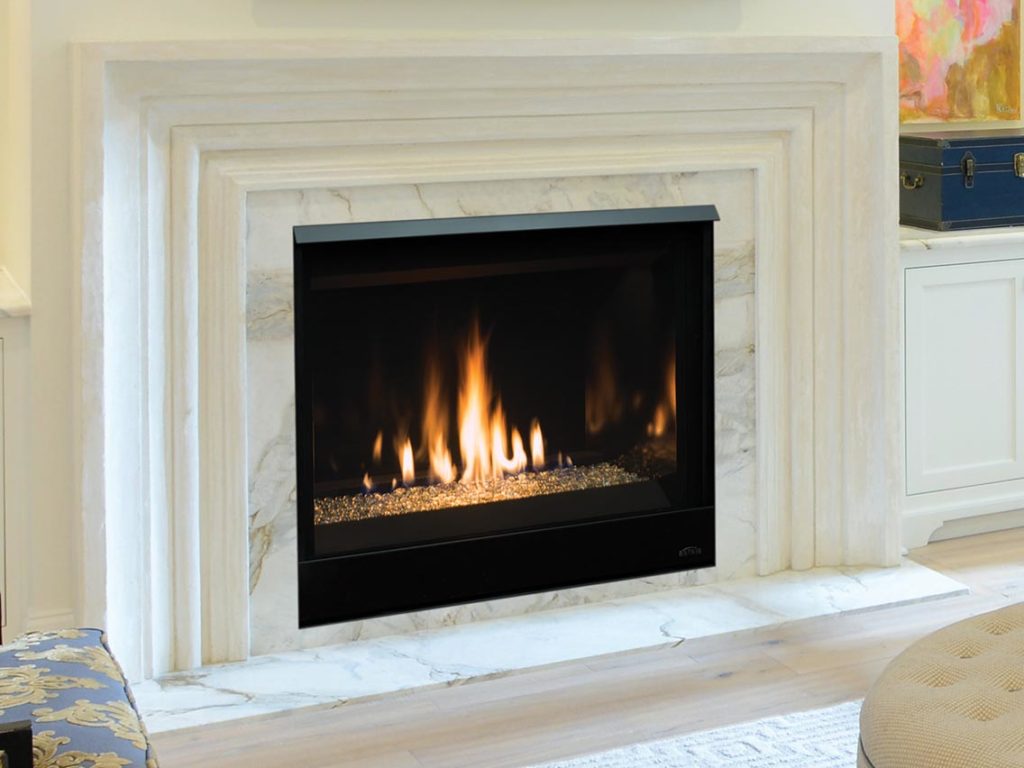Few things can make your home feel cozier and more appealing on a chilly winter night than a fireplace. Traditional wood-burning fireplaces need you to gather logs and kindling, but a propane or natural gas fireplace uses the fuel already present in your home to ignite quickly and practically effortlessly. Any homeowner can easily light a gas fireplace, but you’ll want to be sure you’re doing it right and safely.
How to ignite a gas fireplace step by step:
Verify your familiarity with the unit. Find the control panel, which is typically at the base of the fireplace, behind the fireplace screen. For some systems, the base must be opened using a fireplace key. Use a long lighter or match if your fireplace requires this step; if it doesn’t have a key, it probably has a control panel with a switch.
If your fireplace has a cover that needs a key, follow these four steps:
- To reach the burner, totally remove the cover and set it aside.
- If it isn’t already, move the pilot knob on the control panel to the “off” position.
- Wait for around five minutes before clearing away any extra or remaining gas.
- Whether you have a gas fireplace or a wood fireplace, open the chimney vent before lighting a fire.
Fireplace control panels
Control dials and red igniter pilot knobs are frequently found on control panels. The knob will have two settings: “off” and “pilot,” though certain models might also have a “on” setting. Take the five actions listed below:
- Turning the knob from “off” to “pilot” and then pushing the gas into the system manually is the first stage.
- Once per second, press the igniter button to get it to light up.
- After lighting the pilot, keep pressing the pilot button for 15 to 30 seconds to warm up the thermocouple, which will keep the flame burning.
- If the pilot light is still burning, turn the knob to “on” and position the flame as needed.




